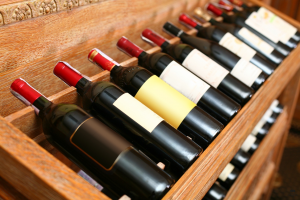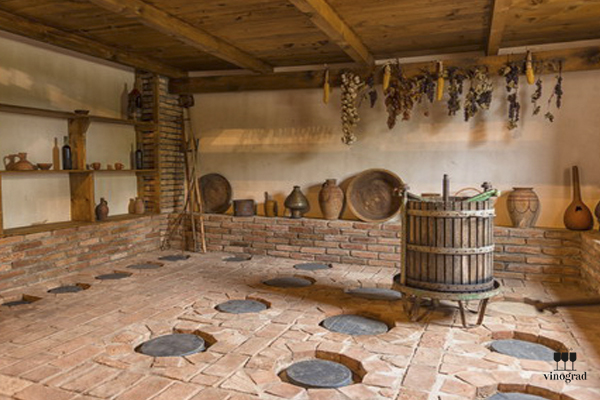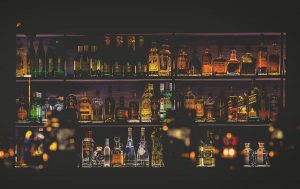HOW IT IS CORRECT TO STORE WINE
 Wine is quite a delicate drink, it can be stored for decades in sealed containers, improving its taste, but it will deteriorate in a few days in an open vessel. If you adhere to the culture of drinking this drink (1-2 glasses a day) or use the “gift of the gods” solely for culinary purposes, the problem of preserving the taste of the bottle started is very important for you.
Wine is quite a delicate drink, it can be stored for decades in sealed containers, improving its taste, but it will deteriorate in a few days in an open vessel. If you adhere to the culture of drinking this drink (1-2 glasses a day) or use the “gift of the gods” solely for culinary purposes, the problem of preserving the taste of the bottle started is very important for you.
As soon as the wine was uncorked, and the space between the contents and the neck filled with oxygen, the oxidation process begins. This process can not only reduce the taste of wine, but also completely spoil it by turning it into vinegar. And although it is not possible to completely defeat the “oxidation”, there are a number of methods that will help slow it down. This will help us to know about the type of wine, its age and method of production.
The difference between red, sparkling and white is not only in color and strength, but also in the duration of “life”.
White, rose and light red wines can be stored open for 1-3 days, while their fruit bouquets fade almost immediately.
Full-bodied reds, such as Cabernet Sauvignon, may even become better and softer after 1-2 days, but after another 3 days, the drink loses its taste. The life of an open bottle of sparkling wine is extremely short – no more than 4 hours. Immediately after opening, it is exhaled. Fortified representatives (Sautern, Sherry, Madera) are kept the longest. The high content of sugar and alcohol can cope with the onslaught of oxygen for 7 days.
STORAGE METHODS.
Transfusion: the remaining drink can be poured into a smaller container, filling it to the top with wine. An excellent option would be a glass bottle with a screw cap. This method is suitable for young wines, but it is better not to keep collection wines after uncorking.
Cooling: “wine residues” can be placed in a cold place (refrigerator) to slow down the oxidation process. If this option is chosen to store red, then do not forget to get it out of the refrigerator 30 minutes before use.
Vacuum: there are special devices that pump out oxygen from the vessel, sealing the neck with a tight stopper. This method has one drawback – along with oxygen, the special “volatile” compounds that form the drink are also pumped out.
Nitrogen: Liquid nitrogen is injected into the tank with a syringe. This method is rather cumbersome, as it is necessary to find a place to store the nitrogen remaining in the cylinder.
Culinary: the contents of the bottle can be poured into ice molds and frozen. This ice can be used for making sauces, meats and desserts.
It should be noted that none of the existing methods are able to preserve the original taste for a long time. And if you still have wine, then this is a good reason to enjoy it in the company of friends.




